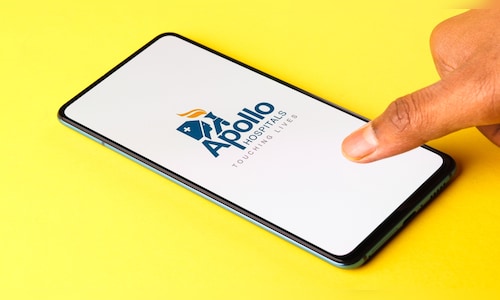Preetha Reddy highlighted India’s growing capabilities in medical equipment manufacturing, stating, “I think we are definitely closer. Because, you know, India is very good at re-engineering something. So even if you pull equipment apart and put it together and then make it as a Make in India product, it’s just going to take a little longer.”
She pointed out that while high-end Da Vinci surgical robots are currently imported, a company in Gujarat is already producing robotic solutions for knee surgeries and other procedures. “They’re just as good. You know, if you take the label off, you don’t know where it came from,” she said.
India is also exporting cardiac stents and mitral clips, but 80% of its medical equipment is still imported. Preetha Reddy stressed the need to reverse this, stating, “That 80 should slowly go down. You know, it should be 20% and it should be 80% made in India. I think we’re on the right track. And with the fact that, you know, Suneeta is working with IITs, and many innovation hubs are happening, I don’t see why we are not going to be exporting made in India products.”
Suneeta Reddy recalled how Apollo’s late founder, Dr Prathap C. Reddy, foresaw India’s role in global healthcare long before others did. “So I think, like many things, Dad saw this way before its time. Twenty years ago, when he said, India will become the epicentre of healing, nobody believed him. Today, patients from 140 countries come to India for care.”
She attributed this to the fact that “Indian doctors are capable of giving care at one-tenth of global prices, but with the same outcomes.”
She shared details of a discussion with Prime Minister Narendra Modi, where Apollo executives were present. “Two years ago, Dad was in a meeting with the honourable Prime Minister, and four of us were privileged to be there, and they shared that vision of what Heal in India would be. And when Dad spoke about medical value travel, the prime minister said, ‘Let’s make this Heal in India.’”
This conversation shaped the Heal in India initiative, which is built around three key dimensions. The first is ensuring that “patients can come to India for allopathic as well as alternate medicine.”
The second, Heal from India, focuses on using “connectivity, bandwidth, internet of medical things, devices” to enable Indian doctors to monitor intensive care patients in the UK or US from India.
On Apollo’s financial strength and future plans, Sangita Reddy ruled out selling equity in the broader business. “No, I don’t think so. I think you know where we are today. We have very strong cash flows. We have a strong balance sheet. We have enough money for expansion.”
However, she did not rule out investment in specific ventures, saying, “Will we look at equity in some form for some business? Probably could be open to that.”
Apollo has ambitious growth plans, with revenue projected to rise significantly. “Even in the next three years, I should think we should be close to 50,000 crore. And if you’re growing at 20%, clearly, you know, 70,000 crore is something that you could see from the combined entity,” Sangita Reddy said.
Preetha Reddy underscored the importance of expanding Apollo’s reach. “We have to be able to touch, you know, right now we do almost 10 to 15 million lives a year. We need to do three times that number, and we need to be able to serve patients from neighbouring countries.”
She also highlighted the need for more trained professionals, stating, “Three years, five years down the road, we need to really double the number of people who are available in our system, and I think that’s one of our challenges.”
Watch the video for the full story


